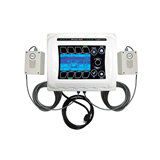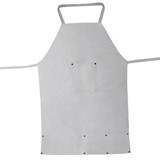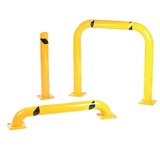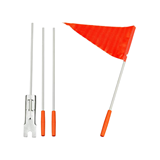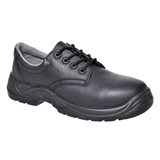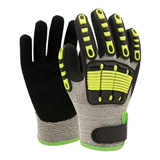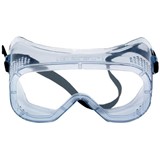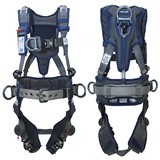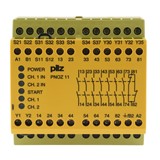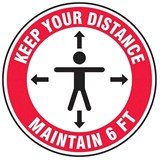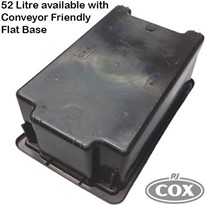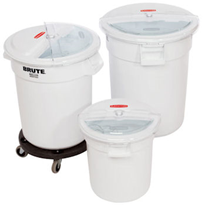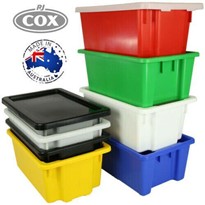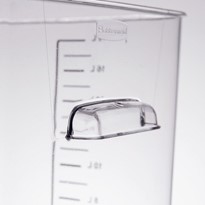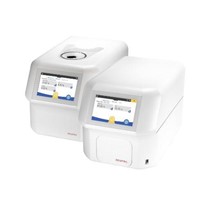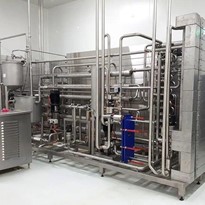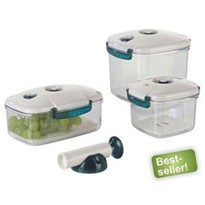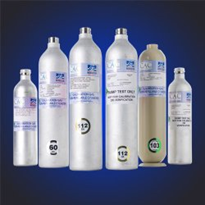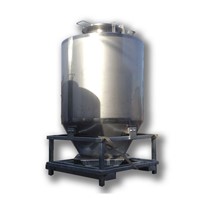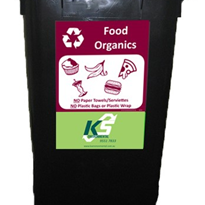The risks of not being allergy compliant continue to rise as hospital admissions for allergic reactions doubled in the last decade across Australia. In fact Australia has one of the highest allergy prevalence rates in the world, with up to 25 per cent of Australians believing they have some sort of food intolerance.
Stringent food contamination policies and how to enforce them
There is an increased need for more stringent policies around food production and storage areas.
1. Remember 'The Big 8'
The first step is identification, there are eight foods that every person in the food supply chain need to be aware of. These eight have been identified as causing 90 per cent of food allergic reactions according to most major regulatory bodies.
The list is known as the big eight and includes: milk; eggs; peanuts; tree nuts; fish; shellfish; soybeans (soy); and wheat.
However, whether you are storing any products containing The Big 8 or not, you still need to ensure you are enforcing strict food contamination policies in your warehouse as there are many more allergens to consider.
2. Keep cross contact low
It is best to ensure a policy of allergen contamination avoidance for all products regardless of whether your storage involves any of the big eight. Cross contact between your products, and ultimately transferral of allergens, can happen at all stages of the food supply chain.
Here is a short list of things in your supply chain that may cause contamination:
- Cross contact of an ingredient before or after it is received
- Accidental misformulation
- Cross-contact by an allergen from a different product
- Poor storage and raw material handling
- Airborne dust
- Improper incorporation of re-work material
- Incomplete or incorrect packaging
- Human error
Many of these potential contamination situations are out of the warehouse managers' control but it is important to understand that products can be contaminated at any stage of the food supply chain. You should ensure that your part in the food distribution process employs a contamination avoidance policy that is upheld for all products at all times.
3. Segregate storage
Your warehouse should develop, document and implement strict procedures for controlling allergens in your storage facilities. Allergens must be segregated from non-allergens. You should also have storage racks or areas designated for allergen storage clearly labelled.
If you are storing allergens and non-allergens on the same racks, the allergen containing materials should be on the lowest rack.
Things such as peanuts in mesh bags or eggs in cartons can provide large risks for contamination by falling on items below. Following such procedures should restrict top down contamination. You should also attempt to never store two different allergens on the same set of racks. Consider everything involved in the storage of your product because even the little things such as the corn starch used in packaging can cause an allergen contamination risk.
4. Train your staff
Warehouse personnel should be trained in moving allergens from loading docks to the dedicated storage areas. It is also essential that your team are aware of the urgency of cleaning spills immediately and thoroughly. Allergens can easily be spread throughout the warehouse on the wheels of forklifts, trucks or even the shoes of workers.
Some warehouse managers even require their team to wear different colours depending on what allergen they are working with. While this is expensive it ensures that there is no cross contamination from clothing. Basic education on allergens and food safety would also help in providing the underlying reasons for your allergen avoidance procedures.
5. Dedicated equipment
Having dedicated equipment to use across different allergen groups is a strategy many storage and production facilities employ. This is beneficial because it means you do not need a rigorous cleaning procedure each time you change product. If you cannot justify having dedicated equipment try instead to do your runs on each product in the largest batches possible. This will reduce the number of times you need to heavily clean and sterilise your equipment.
6. Positive pressure
Positive Pressure can be most useful when you have product that is exposed to the air such as particles or grains. By creating positive pressure (having more air entering the controlled zone than exiting) in your allergen-free zone you can greatly decrease the risk of contamination from airborne particulates. This protects your product from cross contact but also foreign matter. If you need open doors you can still maintain positive pressure by using products such as air curtains.
Air curtains will add a further seal to your contained zone against foreign particles and insects. Supplementary to this you should also consider having dedicated extraction fans and ventilation for any large quantities of allergenic products.
7. Doors and wall partitions
Consider having dedicated zones for allergen containing products. With doors becoming increasingly rapid, it is possible to have areas sealed from each other for all but the few seconds it takes for a person to pass through the door. Advances in rapid roll door technology also incorporate self-repairing features, so, in the event of collision, the door can be fixed in the minimum time possible, ensuring that your warehouse maintains its allergen barriers.




